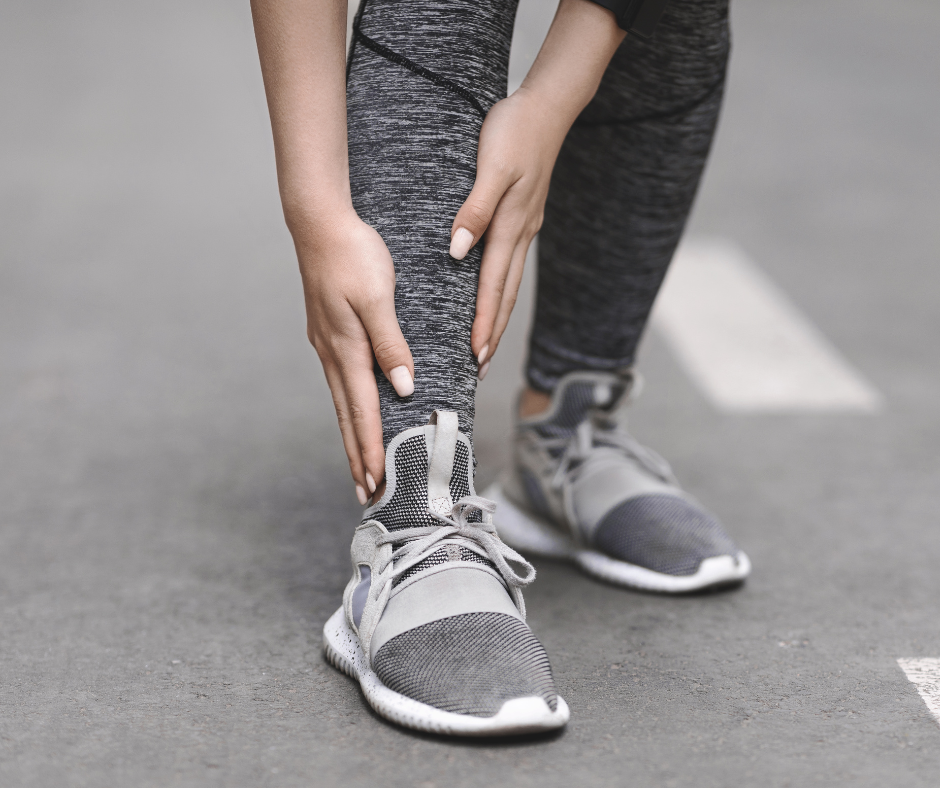
Running enthusiasts take note! While running is one of the best forms of exercise, aches, and pains it can cause shouldn’t be ignored! The all-too-familiar lower leg pain caused by shin splints is a common occurrence that often plagues athletes and fitness lovers. However, it’s important to keep in mind that even walking around with ill-fitting footwear can make you susceptible!
At Syracuse Podiatry, we’re experts at identifying and treating this painful condition, and provided some helpful info below:
What are Shin Splints?
Shin splints refer to pain along the shinbone (tibia) due to overuse, stress, or inflammation of the shin muscles and surrounding tissues.
Shin Splints Causes:
- Overexertion and repetitive stress on the shinbone and the tissues attaching the shinbone to the muscles.
- Wearing shoes lacking proper support or those that have worn-out cushioning.
- Individuals with flat feet or those who overpronate (rolling their feet inward excessively) may be more prone to shin splints.
Common Symptoms of Shin Splints Include:
- Aching or dull pain down the front of one or both legs.
- Shins that are painful to the touch.
- Pain that worsens during or after exercise but improves with rest.
Podiatrists can help by providing an accurate diagnosis through a thorough examination, potentially utilizing imaging devices that can accurately identify the severity and cause of the shin splints.
Treatment Options for Shin Splints:
- Custom orthotic devices are tailored to your unique foot structure, providing support and correcting biomechanical issues. Podiatrists can prescribe orthotics to address overpronation or other factors contributing to shin splints.
- Podiatrists can design a personalized exercise program to strengthen muscles, improve flexibility, and enhance overall lower limb function. This targeted approach aids in recovery and reduces the risk of recurrence.
- Your doctor can recommend appropriate footwear based on your foot type and activity level. Investing in shoes with proper arch support and shock absorption can significantly alleviate shin splint symptoms.
Don’t just push through the pain if you’re experiencing shin splints! The expert team at Syracuse Podiatry is here to help treat the condition so you can get back to feeling like your best self. Contact us and make an appointment today so Dr. Ryan L. D’Amico, Dr. Donal M. Erickson, Dr. Keith Sherman, and Dr. Nicholas Cronin can provide much-needed relief!
